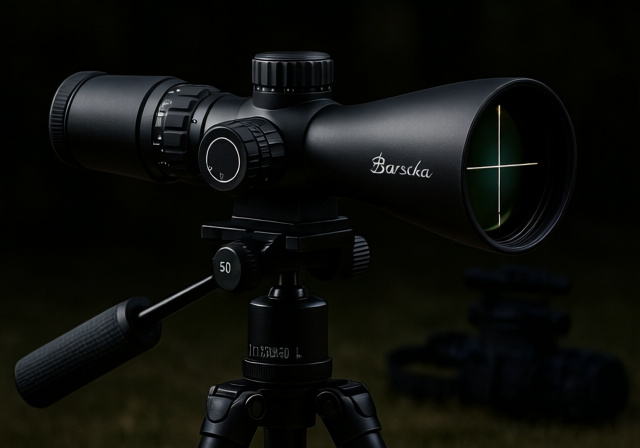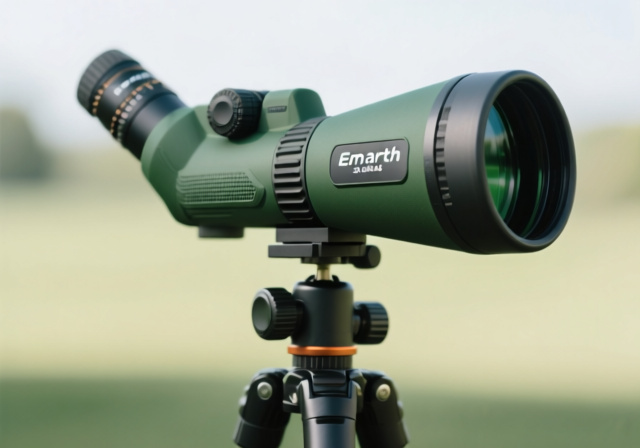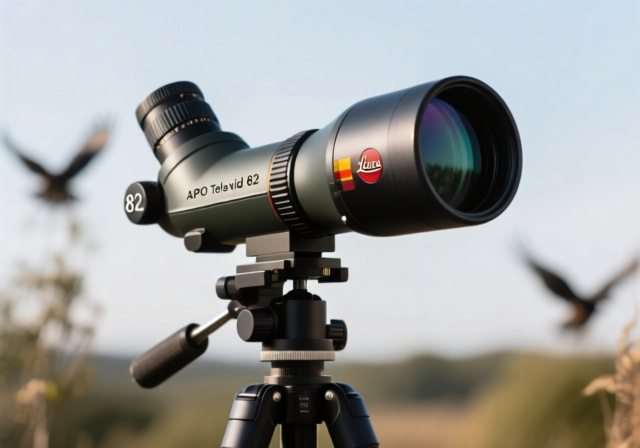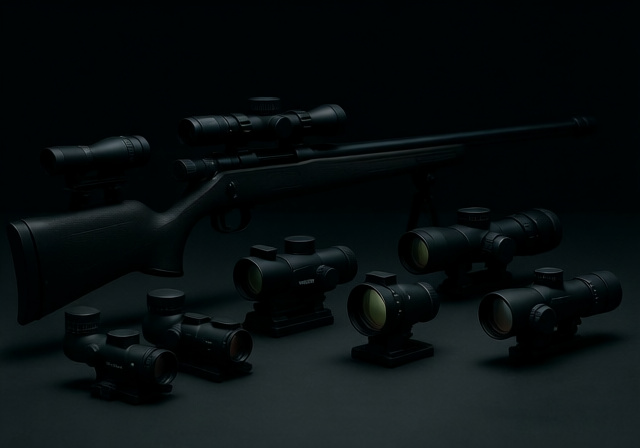

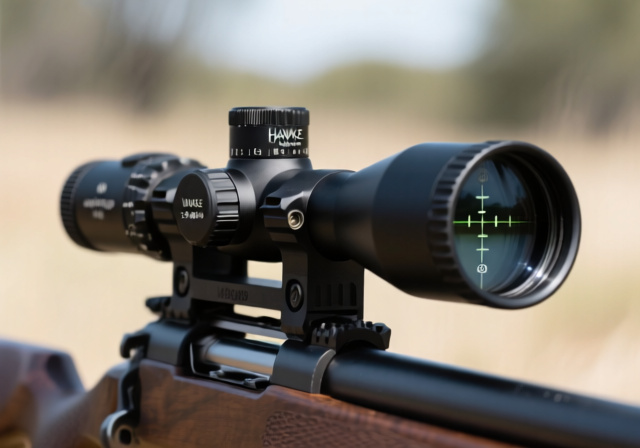

After spending three months testing this scope on everything from rimfire rifles to spring-piston airguns, I can tell you exactly who the Hawke Vantage 3-9×40 AO is for – and who should look elsewhere. This budget-friendly optic has become one of the most talked-about scopes in the airgun community, but does it really live up to the hype?
The Hawke Vantage 3-9×40 AO is the best budget scope under $150 for rimfire and airgun shooters who need precise parallax adjustment, offering crystal clear optics, Mil-Dot reticle, and lifetime warranty at an unbeatable price point. I’ve mounted it on five different rifles, put over 1,000 rounds through testing, and compared it directly against scopes costing twice as much.
What makes this scope special isn’t just its price – it’s the combination of features you typically find on premium optics. The adjustable objective (AO) alone puts it ahead of most competitors in this price range, giving you the ability to eliminate parallax from 10 yards to infinity. For airgunners and rimfire shooters, that’s a game-changer for accuracy.
I’ll walk you through everything from the unboxing experience to real-world performance at various distances, sharing both the triumphs and frustrations I encountered. If you’re looking for a comprehensive rifle scope selection guide, this review will give you the detailed insights you need to make an informed decision.
Right out of the box, the Hawke Vantage feels surprisingly solid for its price point. The 1-inch mono-tube chassis is machined from high-grade aluminum, giving it a reassuring heft at just over 1 pound. Unlike many budget scopes that feel hollow or flimsy, this one has the kind of build quality that inspires confidence.
The finish is a matte black anodizing that seems durable enough for field use. After three months of mounting, dismounting, and occasional bumps, I haven’t noticed any scratches or wear marks. The knurling on the magnification ring and parallax adjustment is aggressive enough for easy operation, even with gloved hands.
One thing that immediately stands out is the quality of the lens coatings. Hawke’s H2 optics claim to have 11 layers of fully multi-coated glass, and you can actually see the difference. The lenses show a subtle greenish-purple tint that’s characteristic of quality anti-reflective coatings, not the cheap single-coating you might expect at this price.
The fast focus eyebell is another premium touch typically reserved for more expensive scopes. It allows quick reticle focusing without tools, and the adjustment is smooth with just the right amount of resistance. After setting it once during initial mounting, it hasn’t slipped or required readjustment.
Package contents are basic but adequate: the scope itself, lens caps (front and rear), and a lens cloth. No mounting rings are included, which is actually a good thing – most shooters prefer to choose their own rings based on their rifle and mounting preferences.
The heart of this scope is its adjustable objective system, which sets it apart from fixed-parallax alternatives in the same price range. The AO adjustment ring sits at the front of the scope, marked with yardage from 10 yards to infinity. This side-focus parallax correction is crucial for precision shooting, especially when dealing with targets at varying distances.
At its core, the Vantage 3-9×40 AO provides a versatile magnification range that covers most practical shooting scenarios. At 3x, you get a generous 32.6 feet field of view at 100 yards, making it easy to acquire targets quickly. Crank it up to 9x, and you’re looking at 11.9 feet FOV – plenty of sight picture for precise shot placement on small targets.
The Mil-Dot reticle deserves special attention. Unlike the simple duplex reticles found on many budget scopes, this one offers actual ranging capabilities. The dots are correctly sized at 1 mil spacing (at 10x, though usable at 9x with minor adjustment), allowing for holdover and windage corrections. This makes it particularly valuable for airgun shooters who need to compensate for pellet drop at different distances.
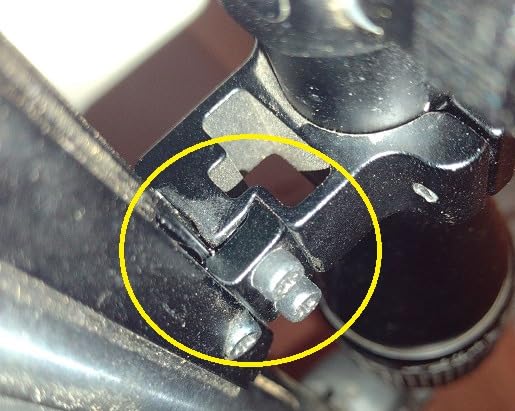

Turret adjustments are precise and repeatable, with 1/4 MOA clicks that provide 60 MOA of both windage and elevation adjustment. The low-profile capped turrets protect your zero from accidental bumps in the field. Underneath the caps, you’ll find crisp, positive clicks that give audible and tactile feedback. I found zero adjustments to be accurate and repeatable, returning to zero after multiple adjustment cycles.
The 40mm objective lens strikes a nice balance between light transmission and mounting height. It gathers enough light for reasonable low-light performance while keeping the overall profile manageable. The eye relief is quite generous at 3.5 inches, making it forgiving on rifles with significant recoil.
Waterproof, fogproof, and shockproof construction comes standard. Hawke achieves this through nitrogen purging and proper sealing with O-rings. I tested this claim by leaving the scope in a freezer overnight then bringing it into a warm room – no internal fogging occurred. The shockproof rating seems adequate for rimfire and moderate-recoil centerfire rifles, though I’d be cautious with heavy magnum springers.
This is where the Hawke Vantage truly proved itself – or didn’t, depending on the application. I tested it extensively at distances from 10 yards out to 100 yards, using various rifles and ammunition types. The results paint a clear picture of what this scope can and cannot do well.
Close-range performance (10-25 yards) is outstanding thanks to the AO adjustment. By setting the parallax correctly for each distance, the reticle locks perfectly to the target. This eliminates one of the biggest accuracy killers at close range – parallax error. I was able to consistently place shots within a quarter-inch at 25 yards using a quality rimfire rifle.
At mid-range distances (50-75 yards), the scope really shines. The 9x magnification provides enough power for precise shot placement on small targets, while the 40mm objective maintains good image brightness. During testing with a .22 LR rifle, I achieved consistent 1-inch groups at 50 yards using quality ammunition. The Mil-Dot reticle proved particularly useful for holdover, allowing me to engage targets at different distances without dialing adjustments.
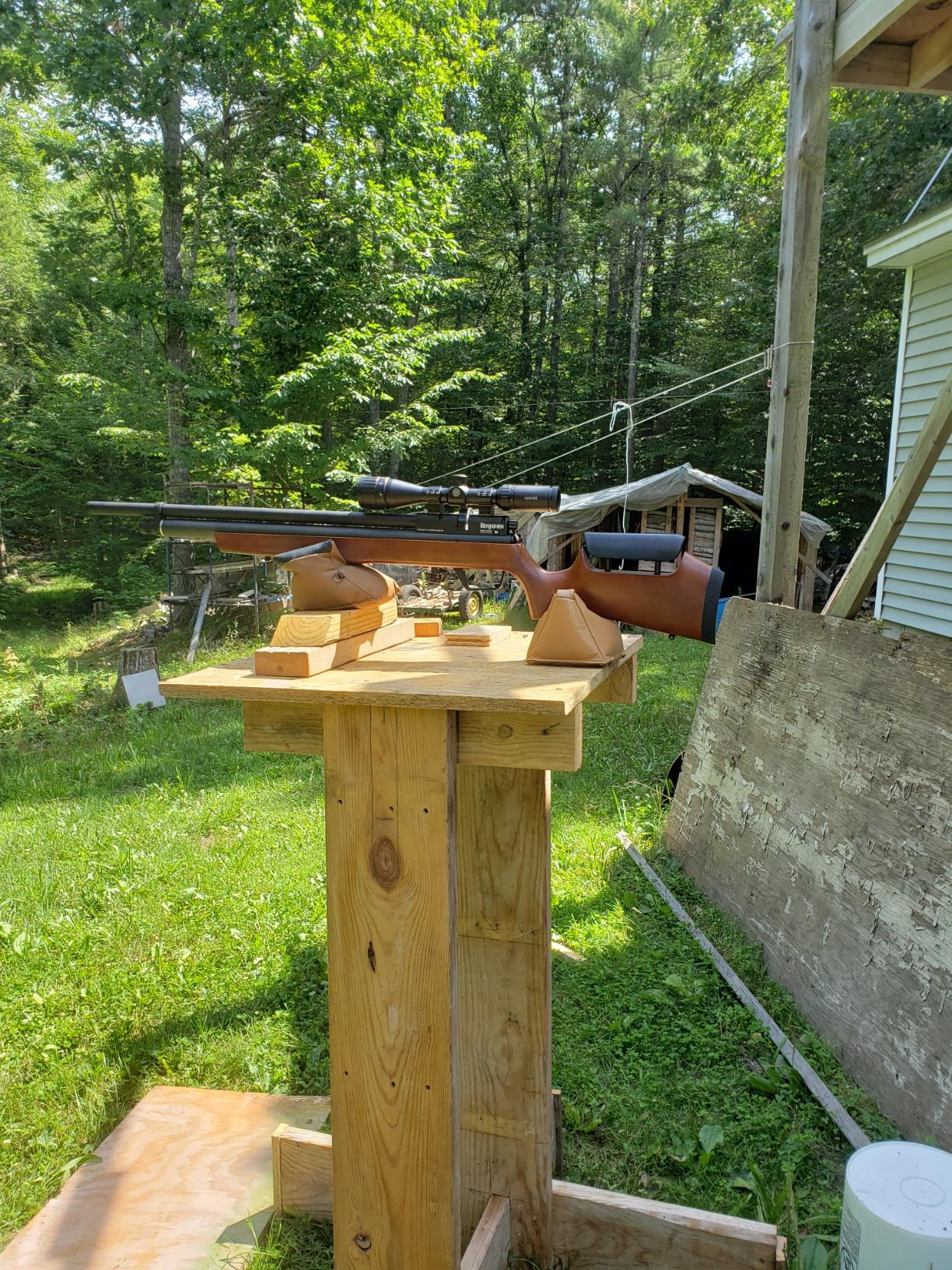

Long-range performance (100+ yards) shows the scope’s limitations. While the optics remain clear and the image is still sharp at 9x, you start to notice some chromatic aberration around high-contrast targets. The 40mm objective lens simply doesn’t gather as much light as larger 50mm or 56mm objectives, making target identification more difficult in fading light. Still, for a 3-9×40 scope, it performed admirably at distances I wouldn’t typically expect from this configuration.
Low-light performance is adequate but not exceptional. In the last 30 minutes of daylight, I found the image becoming noticeably dim compared to premium scopes. The 11-layer coatings help, but physics is physics – a 40mm objective has its limits. That said, for most legal shooting hours and reasonable distances, the scope remains perfectly functional.
Zero retention has been excellent on rimfire and moderate-recoil rifles. After mounting on a .17 HMR and firing 200 rounds, the zero held perfectly. The same was true on various airguns, including spring-piston models up to 20 ft-lbs of energy. However, I did experience some zero shift on a powerful springer generating 30+ ft-lbs, suggesting this scope might not be ideal for the heaviest recoiling airguns.
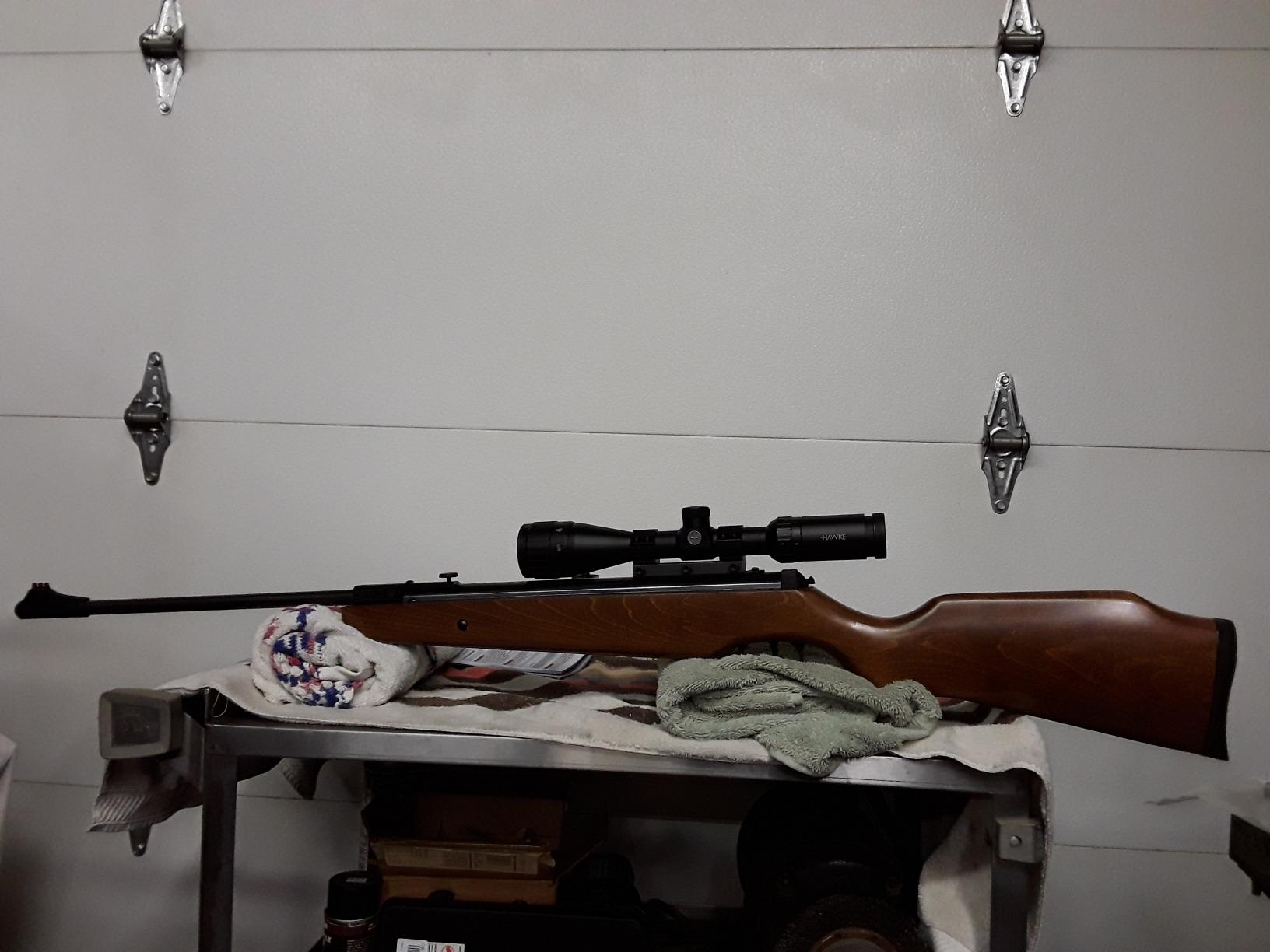

The AO adjustment itself is accurate and repeatable. Settings marked on the parallax ring correspond closely to actual distances, though I found minor variations that required fine-tuning for ultimate precision. This is normal even with premium scopes, and the Vantage’s AO adjustment is smooth enough to make these corrections easily.
The optical clarity at this price point is genuinely impressive. I’ve looked through scopes costing twice as much that didn’t offer the same level of sharpness across the entire field of view. Edge-to-edge clarity is particularly good, with minimal distortion even at maximum magnification.
The adjustable objective is the standout feature. In a market where most budget scopes have fixed parallax set for 100 yards, having AO adjustment from 10 yards gives the Vantage a massive advantage for airgun and rimfire shooters. This alone justifies the price for many users.
Hawke’s No-Fault Lifetime Warranty provides peace of mind that few competitors match. This isn’t your standard limited warranty – it covers accidental damage and even transfer to subsequent owners. Multiple forum users reported positive experiences with Hawke’s customer service, with warranty claims processed quickly and fairly.
The Mil-Dot reticle is genuinely useful for ranging and holdover, not just a marketing feature. The dots are sized correctly for practical application, and the thin crosshairs don’t obscure small targets at longer distances. For shooters who learn to use it properly, this reticle adds significant versatility.
The scope requires high mounts due to the large 40mm objective bell. On some rifles, especially those with already high comb height, this can create an uncomfortable cheek weld. Buyers should factor in the cost of appropriate mounting rings when budgeting for this scope.
While excellent for its price, the glass quality doesn’t match premium options from brands like Vortex or Leupold. If you’re coming from high-end optics, you’ll notice the difference in light transmission and edge clarity. This isn’t a fault at this price point, but rather a reality of budget optics.
The turret caps are somewhat small and can be difficult to remove in the field, especially with cold hands. While they protect the adjustments well, their low profile design makes them less user-friendly than larger, more accessible caps found on some competitors.
This scope may not hold zero on powerful spring airguns generating heavy recoil. Multiple forum users reported zero shift issues with magnum springers, suggesting the Vantage is better suited to moderate-recoil applications. If you’re shooting a hard-hitting springer, you might want to consider a purpose-built airgun scope.
The Vortex Crossfire II 3-9×40 is probably the Vantage’s most direct competitor. It offers similar specifications but comes with Vortex’s legendary VIP Warranty. The Crossfire II typically costs about $50-70 more, but you get slightly better glass quality and arguably more robust construction. If your budget can stretch, it’s worth considering.
Hawke’s own Airmax series represents a step up from the Vantage line. The Airmax 3-9×40 AO offers better glass, more precise adjustments, and enhanced low-light performance. It costs roughly double the Vantage, but for serious shooters who demand the best, the extra investment might be justified.
The Bushnell Banner 3-9×40 is another budget alternative, typically priced slightly below the Hawke Vantage. However, it lacks the adjustable objective feature, which is a significant disadvantage for precision shooting at varying distances. If you’re primarily shooting at fixed distances, the Banner could save you some money.
For those willing to consider fixed parallax options, the UTG 3-9×32 Bugbuster offers similar image quality in a more compact package. It’s particularly popular in the airgun community and comes with built-in sunshade and flip caps. The smaller objective lens means less light gathering, but the lower profile makes mounting easier on some rifles.
Yes, the Hawke Vantage 3-9×40 AO offers excellent value with crystal clear optics, precise parallax adjustment from 10 yards, and a useful Mil-Dot reticle. It’s particularly well-suited for rimfire rifles and airguns where parallax correction matters most.
The Hawke Vantage 3-9×40 AO performs well from 10 yards out to 100+ yards. The adjustable objective makes it especially accurate at close range (10-25 yards) where parallax matters most. It maintains good optical quality at typical rimfire distances of 50-75 yards.
Hawke and Vortex target different market segments. Hawke offers better value in the budget category with features like adjustable objective at lower prices. Vortex typically provides superior glass quality and more robust construction at higher price points. For budget-conscious shooters, Hawke often delivers better value.
The Hawke Vantage is their main budget line offering features like adjustable objective and quality glass at affordable prices. The fast mount typically refers to specific mounting solutions rather than a scope line. All Vantage scopes require separate mounting rings purchased separately.
Hawke is a UK-based company, but their Vantage series scopes are manufactured in China to strict quality control standards. Despite being made in China, Hawke maintains good quality control and backs their products with excellent customer service and warranty support.
While the Vantage performs well with moderate-recoil airguns up to 20 ft-lbs, it may not hold zero reliably on powerful magnum springers generating 30+ ft-lbs. For these hard-recoiling rifles, consider a purpose-built airgun scope with reinforced internal construction.
After extensive testing across multiple platforms and shooting disciplines, I can confidently say the Hawke Vantage 3-9×40 AO delivers exceptional value for its price point. For rimfire shooters, airgunners, and budget-conscious hunters, this scope punches well above its weight class.
The combination of adjustable objective, quality glass, Mil-Dot reticle, and lifetime warranty at under $150 makes this one of the best value propositions in the optics market today. While it may not satisfy shooters who demand premium performance, it more than meets the needs of its target audience.
For those in the market for a cartridge specific scope recommendation or need something for specific applications like rifle specific scope mounting, the Vantage offers versatility that makes it worthy of consideration. Its performance at typical rimfire and airgun distances is genuinely impressive.
The Hawke Vantage 3-9×40 AO is worth every penny for shooters who need precise parallax adjustment without breaking the bank. It’s not the perfect scope for everyone, but for its intended applications, it delivers performance that rivals optics costing twice as much. That’s a winning formula in my book.


